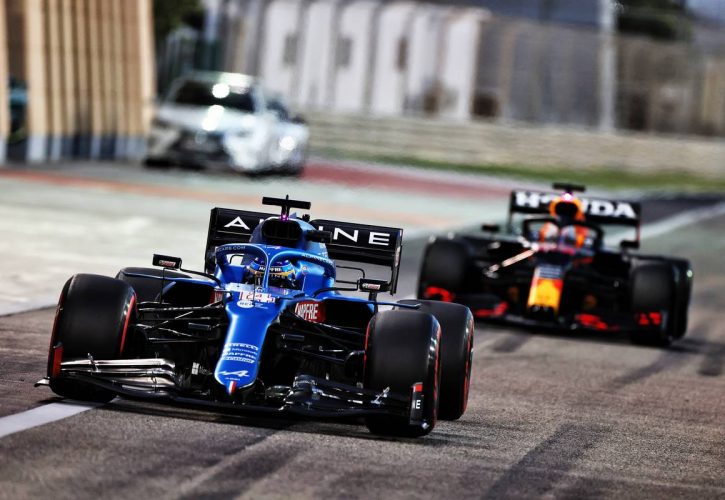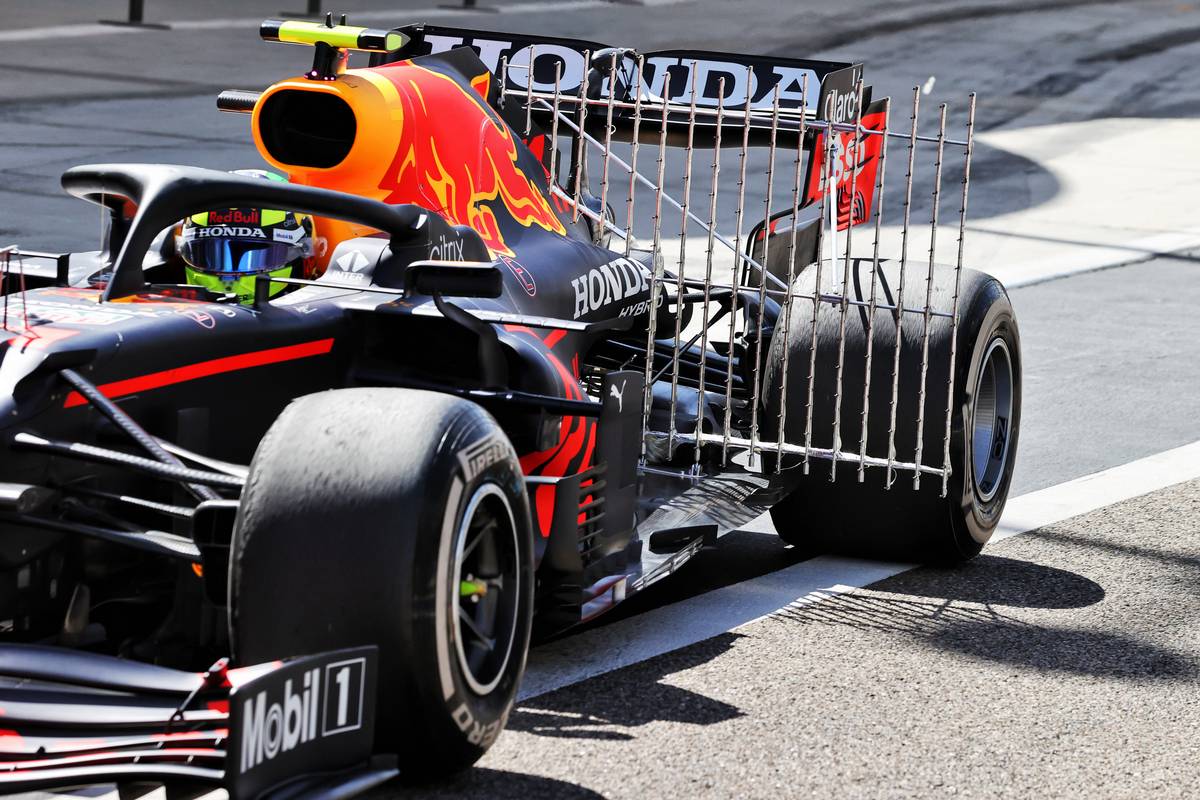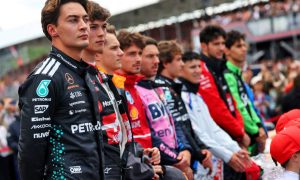
F1 team bosses say they will need more than three days of pre-season testing in 2022 to get to grips with the sport's all-important next generation cars.
This year's on-track preparations for the 2021 season were reduced to three days of running in Bahrain to help teams contain costs following last year's disrupted F1 season.
Teams racked up less mileage while everyone remained on site at Sakhir for this week's opening round of the 2021 world championship, a logistical choice that further compressed costs.
But the introduction in 2022 of an all-new regulation platform is encouraging teams to seek an extension of pre-season testing, with Bahrain the most likely venue of choice.
"I always was positive to test in Bahrain or in Abu Dhabi," said AlphaTauri boss Franz Tost. "I think in the morning we had reasonably good conditions, but [Friday] in the afternoon, it was quite bad.
"Barcelona is quite difficult during this time of the year. It can be wet, it can be cold.
"When we normally would have had the test, one day it was wet, it was around 14 degrees, these are not test conditions which are optimal for Formula 1.
"During the season, we will sit together and then we will decide. Next year we have a new car and therefore I don’t think that three test days will be enough.
"But we have to find a good balance between the number of the days and the costs, because 2022 will not become quite a cheap year. We have to take everything into consideration."

Aston Martin team boss Otmar Szafnauer believes that this year's three days of running at Sakhir were "appropriate" considering the limited rule changes implemented on the 2020 cars.
But getting on top of next year's all-new machines will indeed require more time insists the American.
"Like Franz says, we’re going to have an entirely new car next year and that should go into considering where and for how long we test next year," Szafnauer explained.
"I think three days was appropriate for this year with what happened in 2020, the pandemic, and reducing the amount of development in the car.
"The weather is hard to predict [during testing]. [On Friday] we had the sandstorm in the afternoon which wasn’t ideal, but like Franz says, you go to Barcelona and it could have been wet and cold.
"So I think we finish off here, and then decide what’s most appropriate for next year at a later time."
Alpine executive director Marcin Budkowski was also on the same page as his colleagues regarding increasing the number of days of testing, but suggested that there could be a cost benefit to returning to Barcelona, even considering the vagaries of the weather in late February or early March at the Circuit de Catalunya.
"There’s advantages to be testing here obviously, the weather, although you can have a sandstorm," said Budkowski. "But it’s far from base, it’s more expensive and it’s more complicated for the logistics.
"Spain is much easier, in terms of logistics it’s cheaper. But especially this year with three days of testing, it’s good that we had three solid days of decent weather. Even the sandstorm wasn’t that bad, actually."
Gallery: The beautiful wives and girlfriends of F1 drivers
Keep up to date with all the F1 news via Facebook and Twitter







